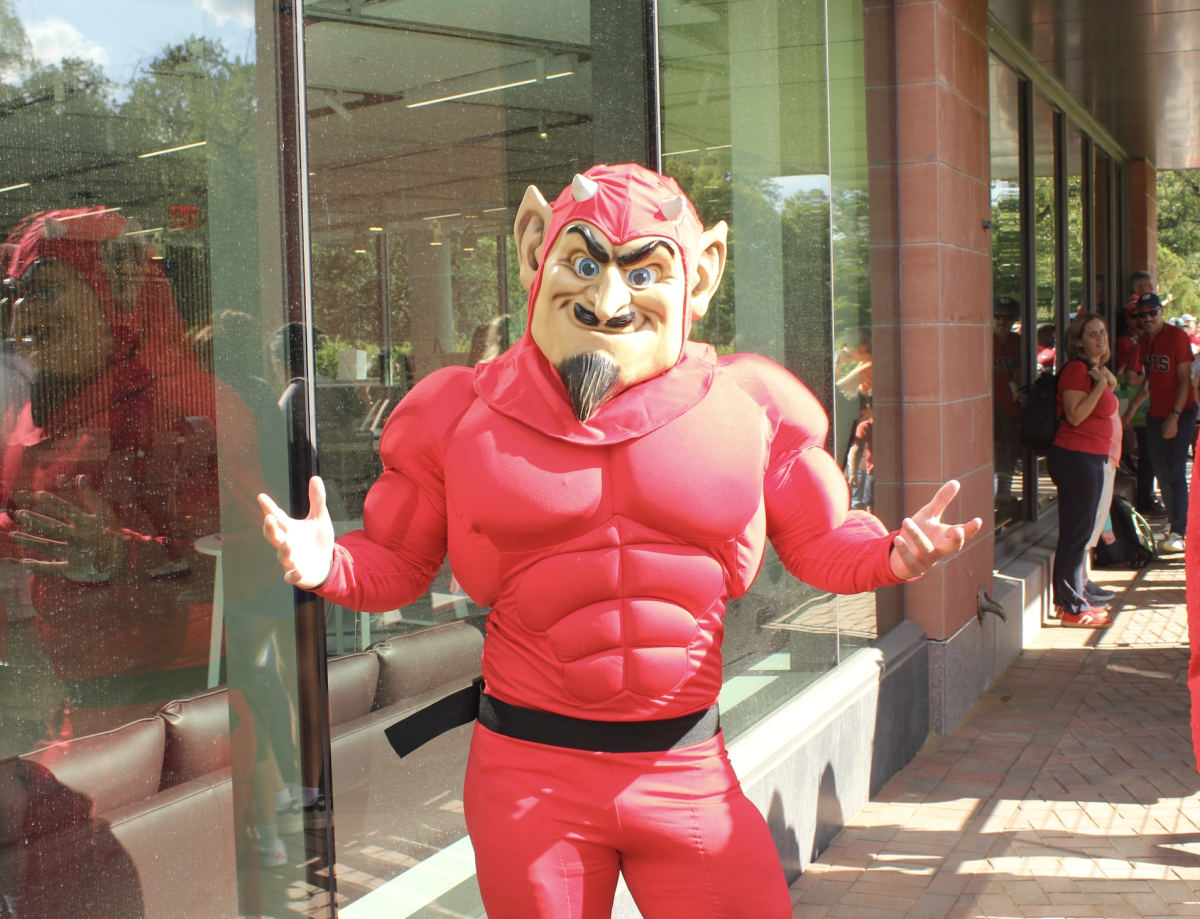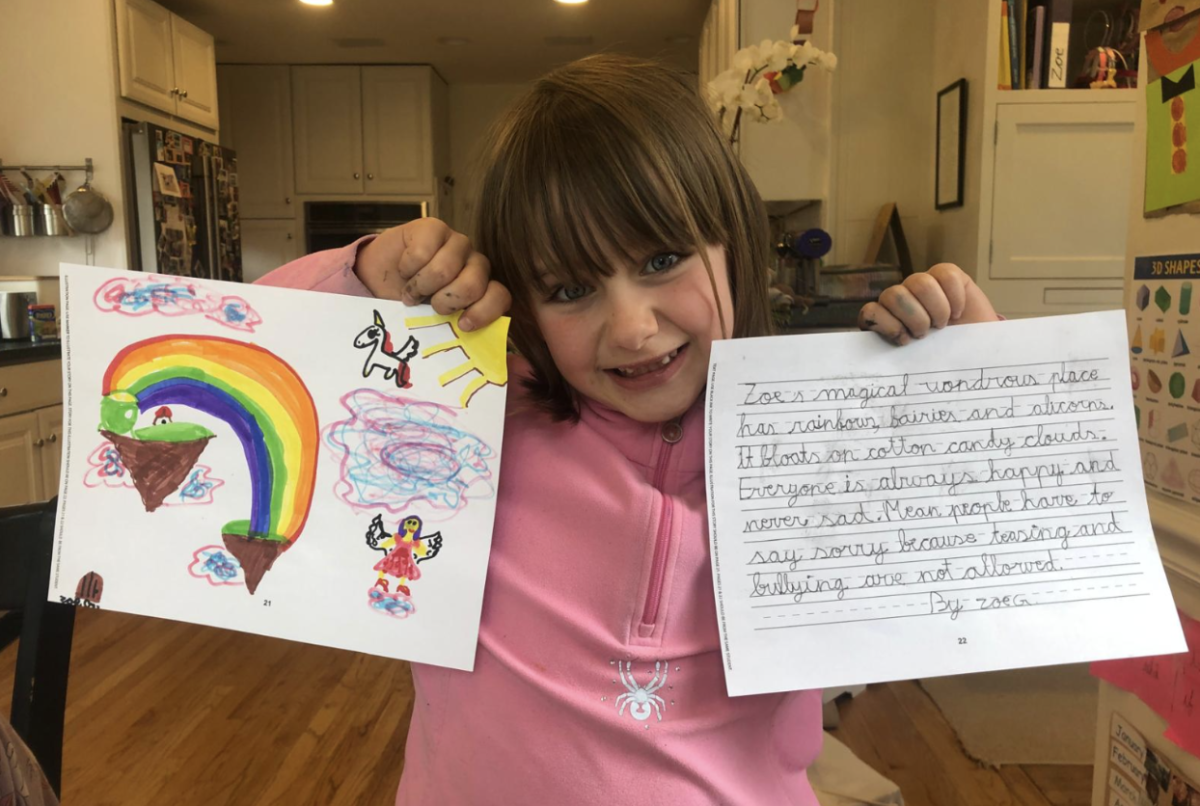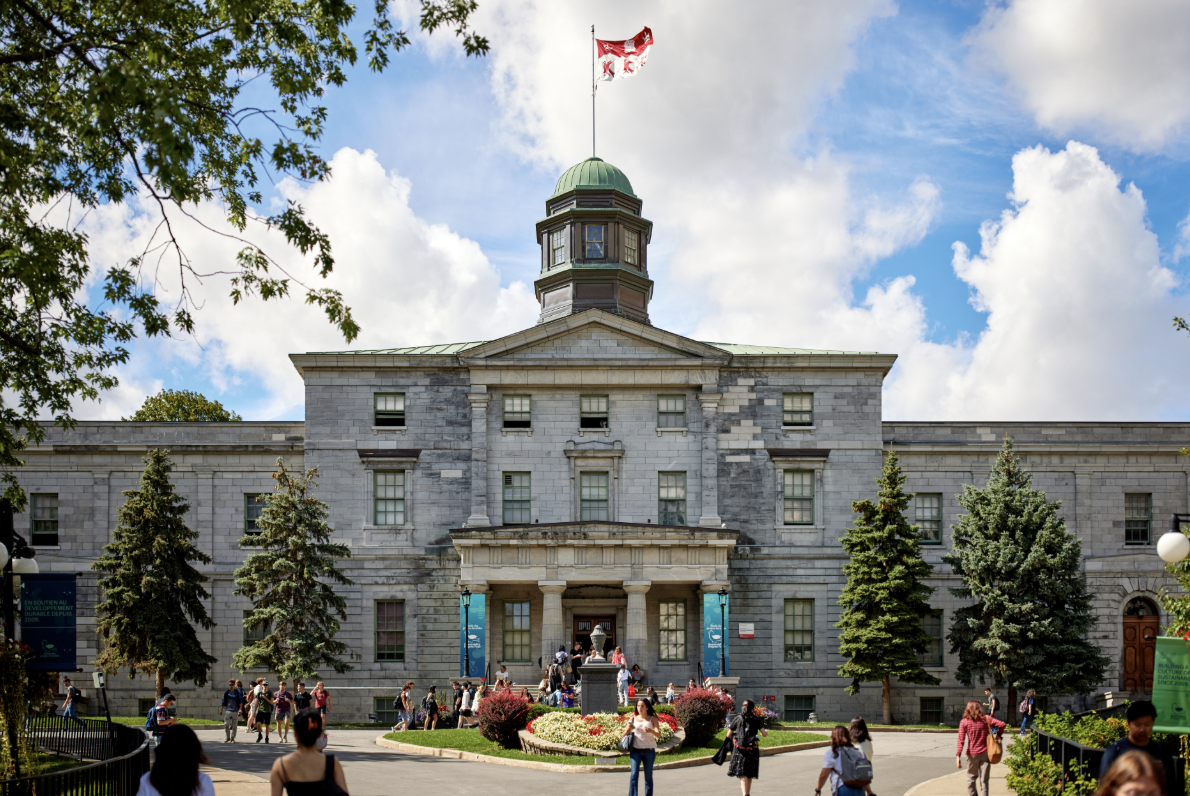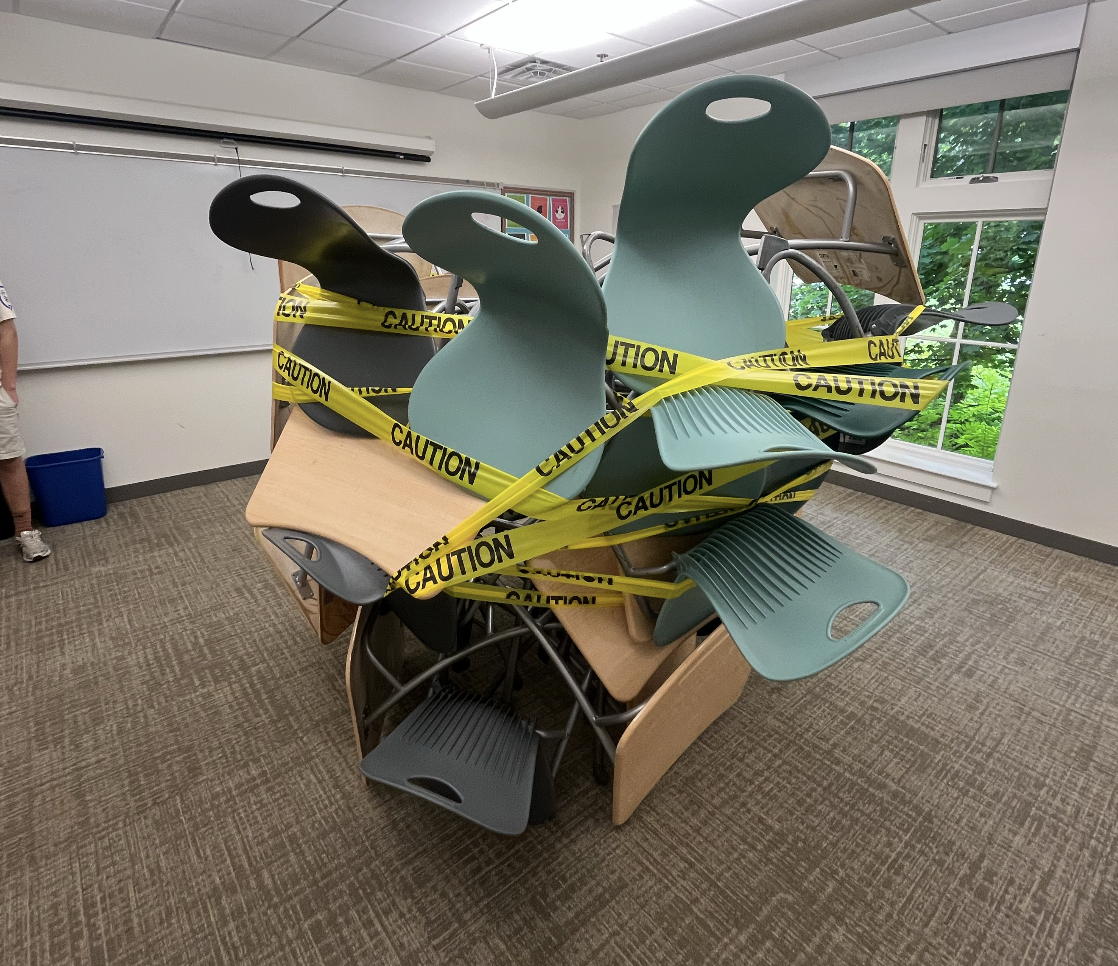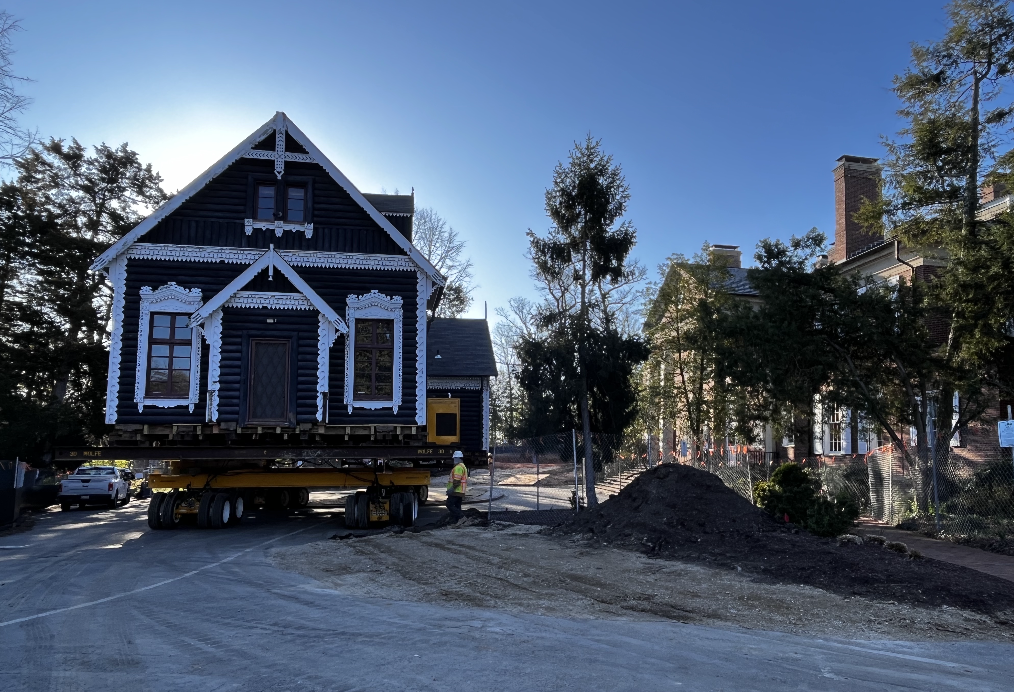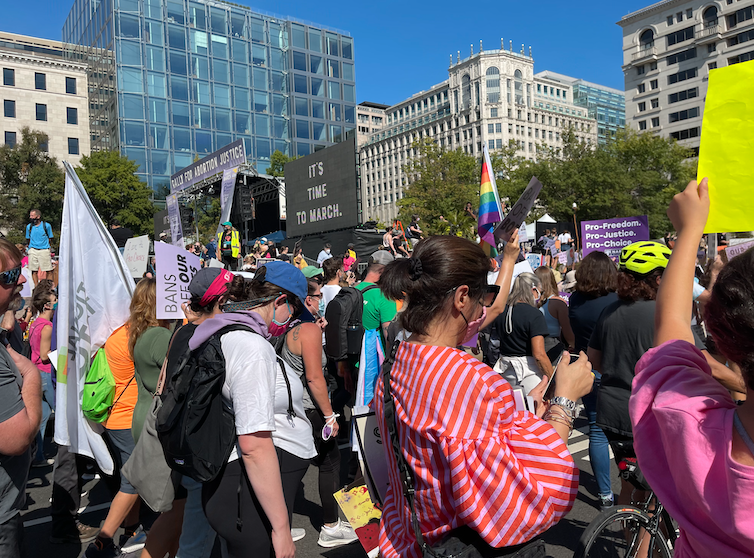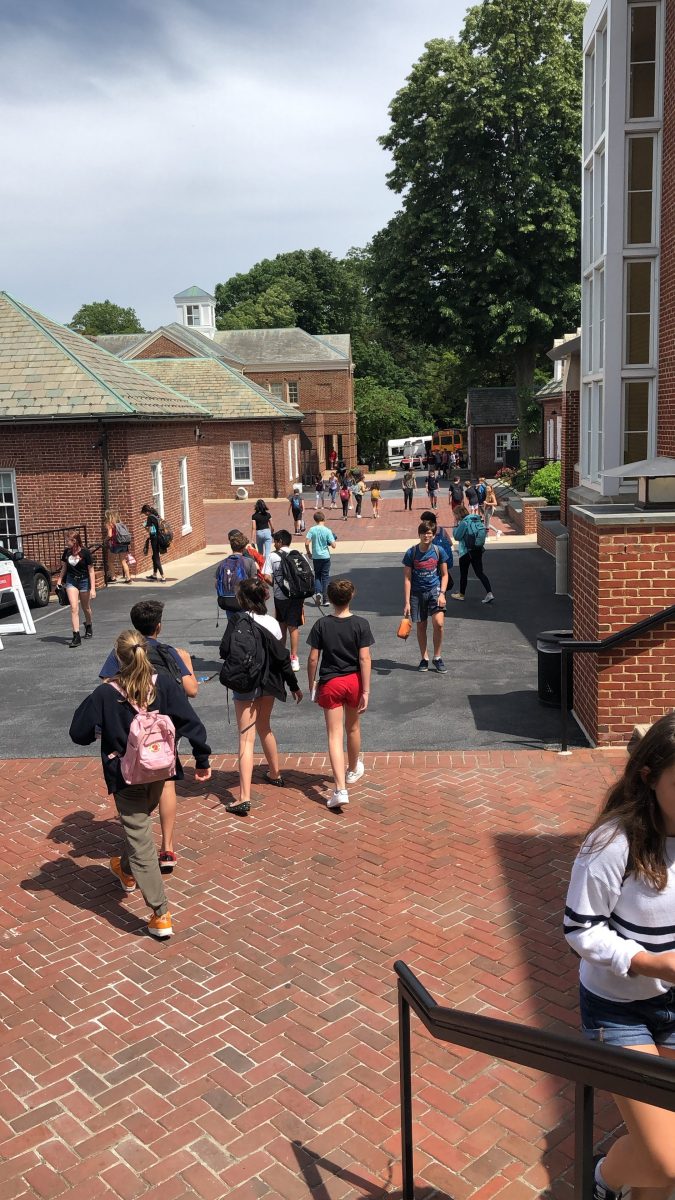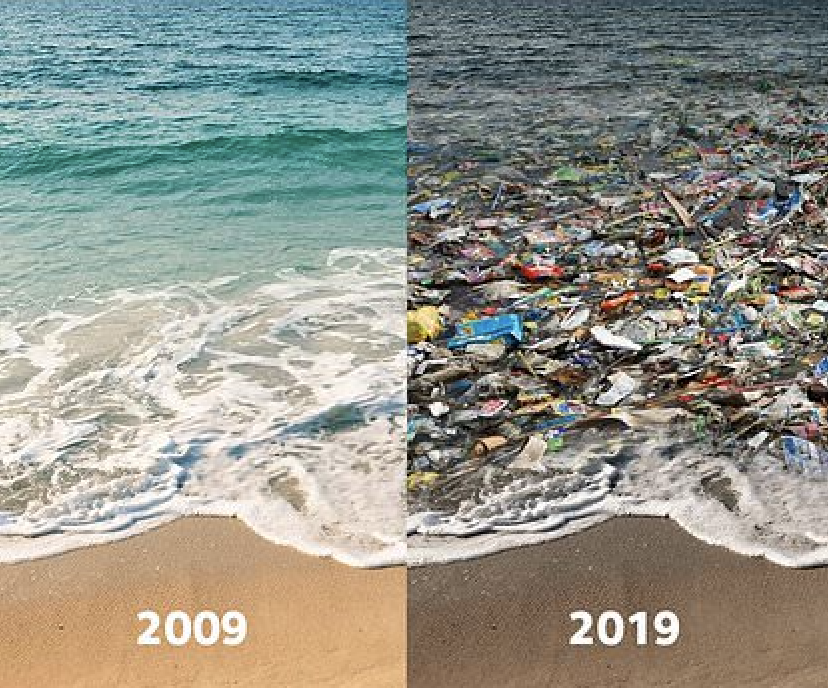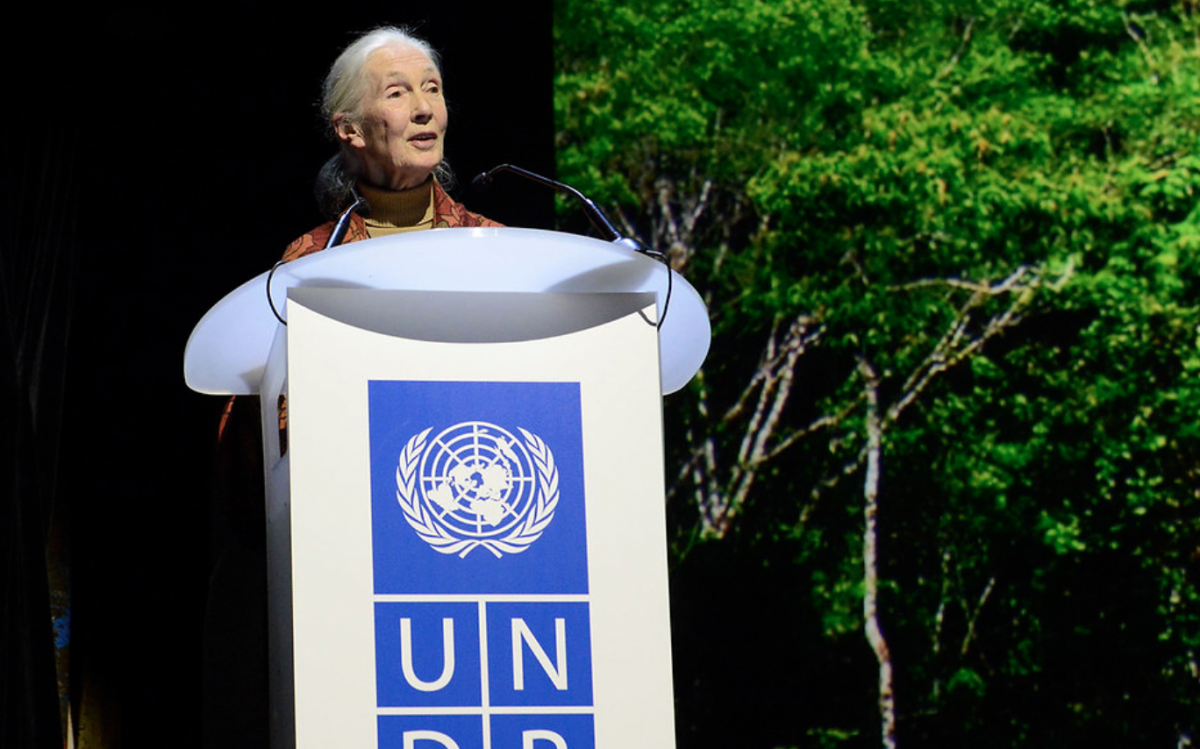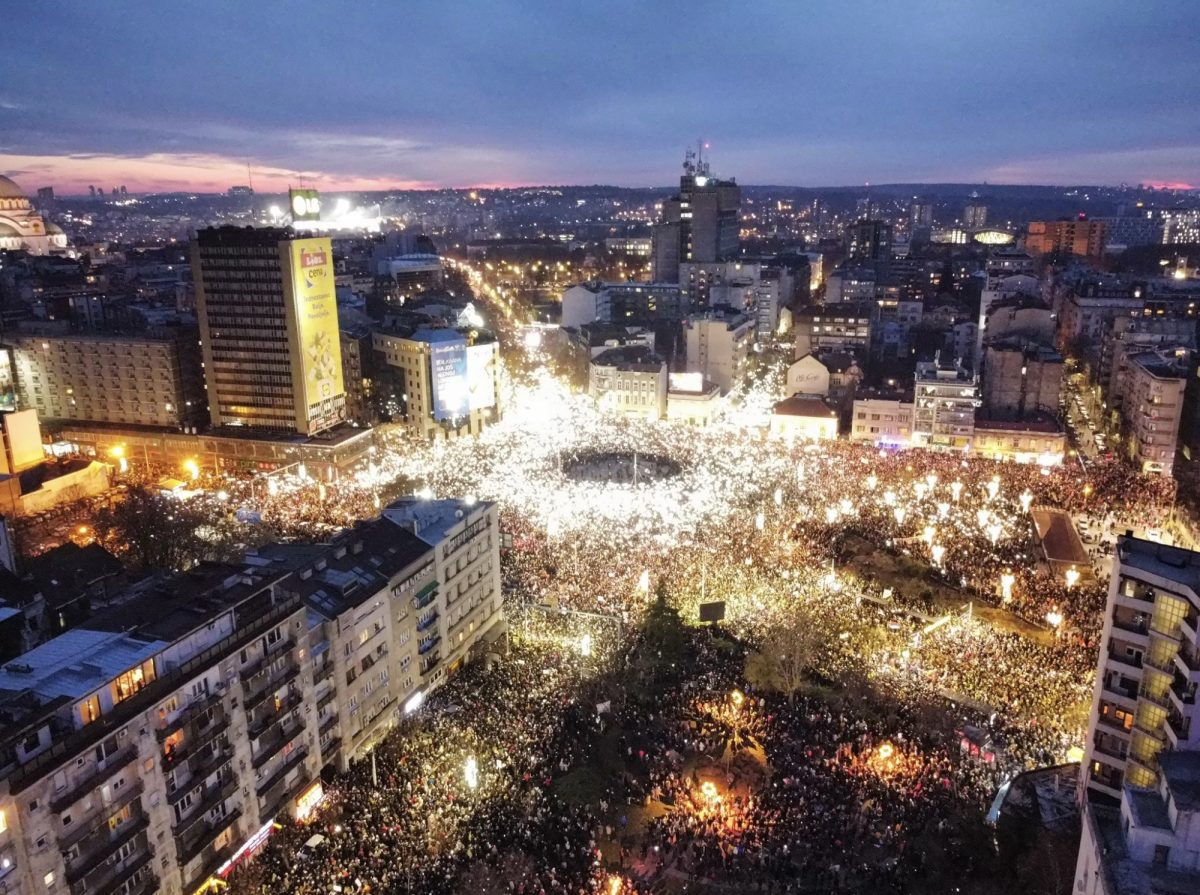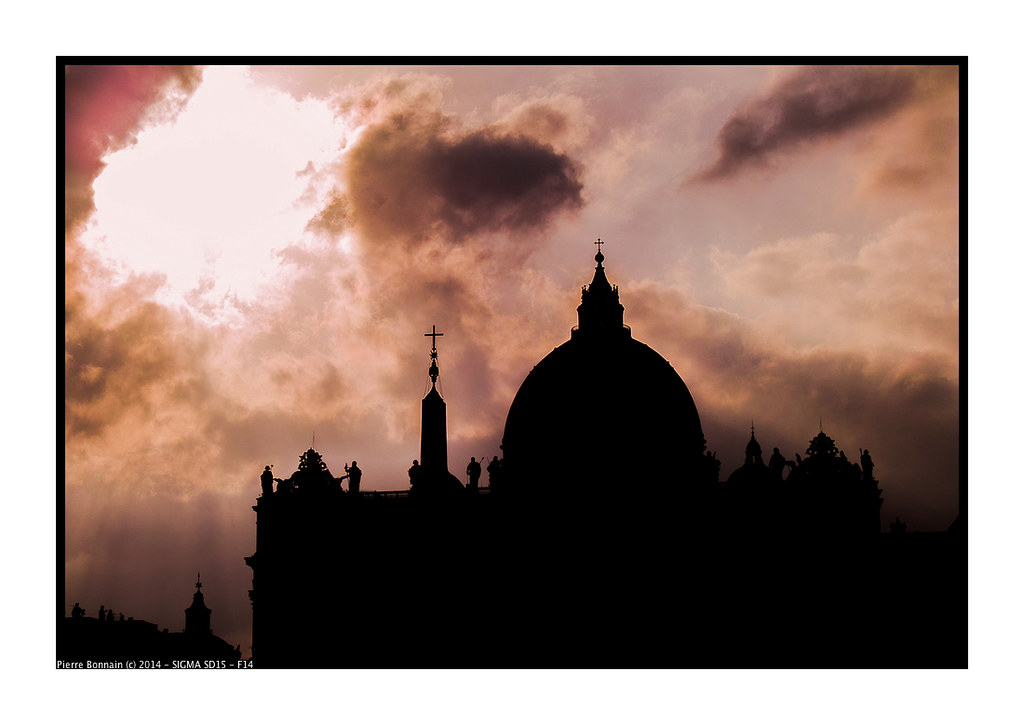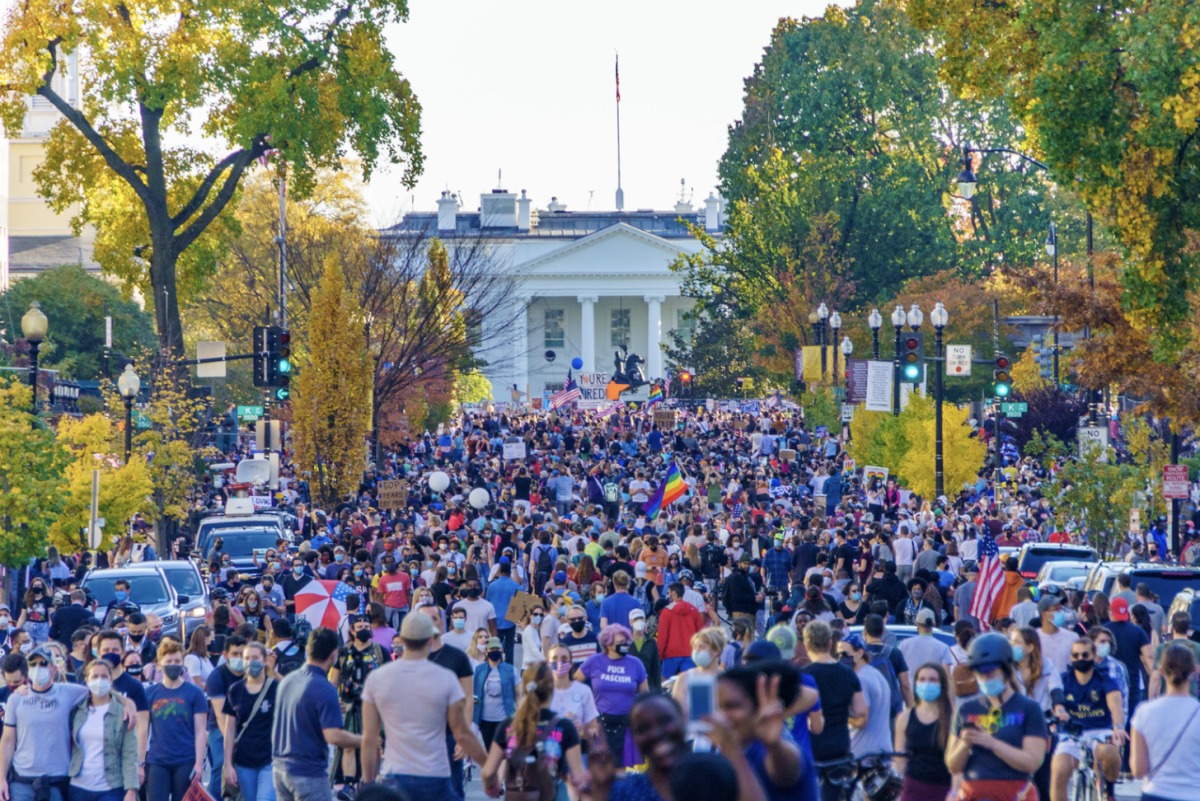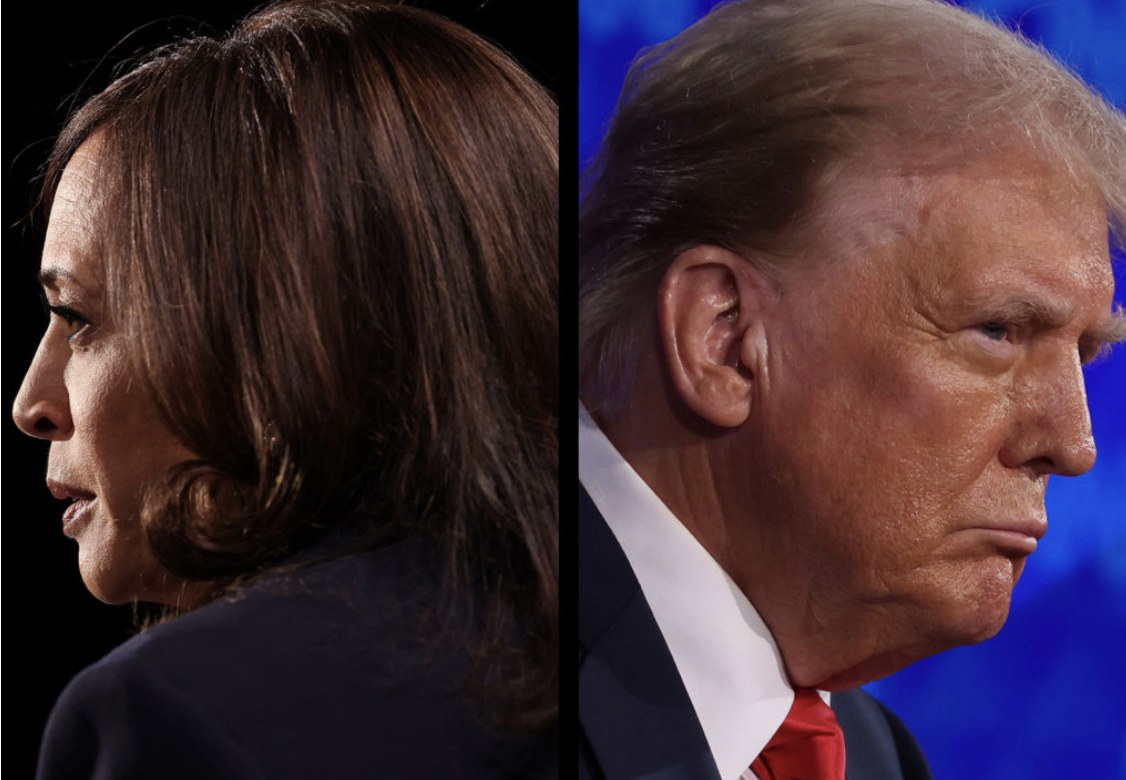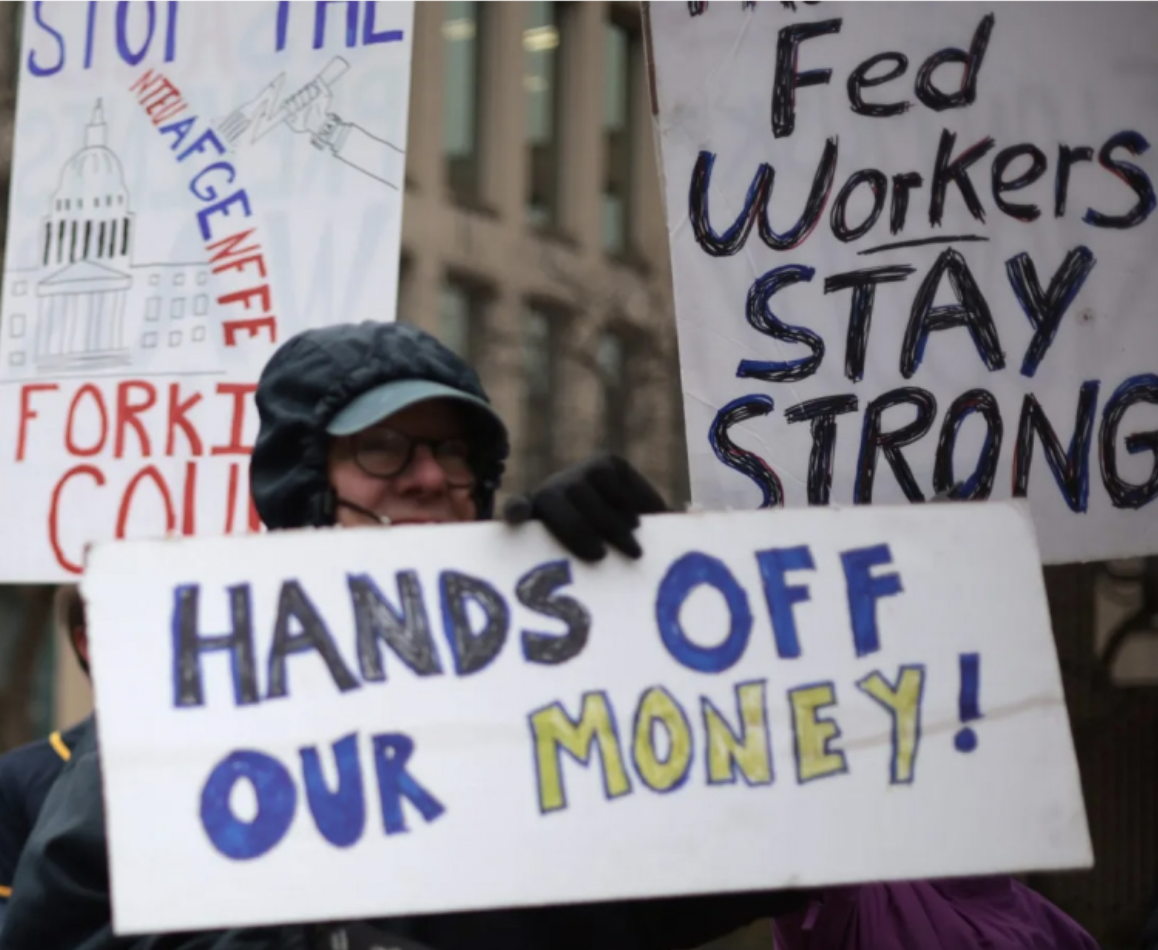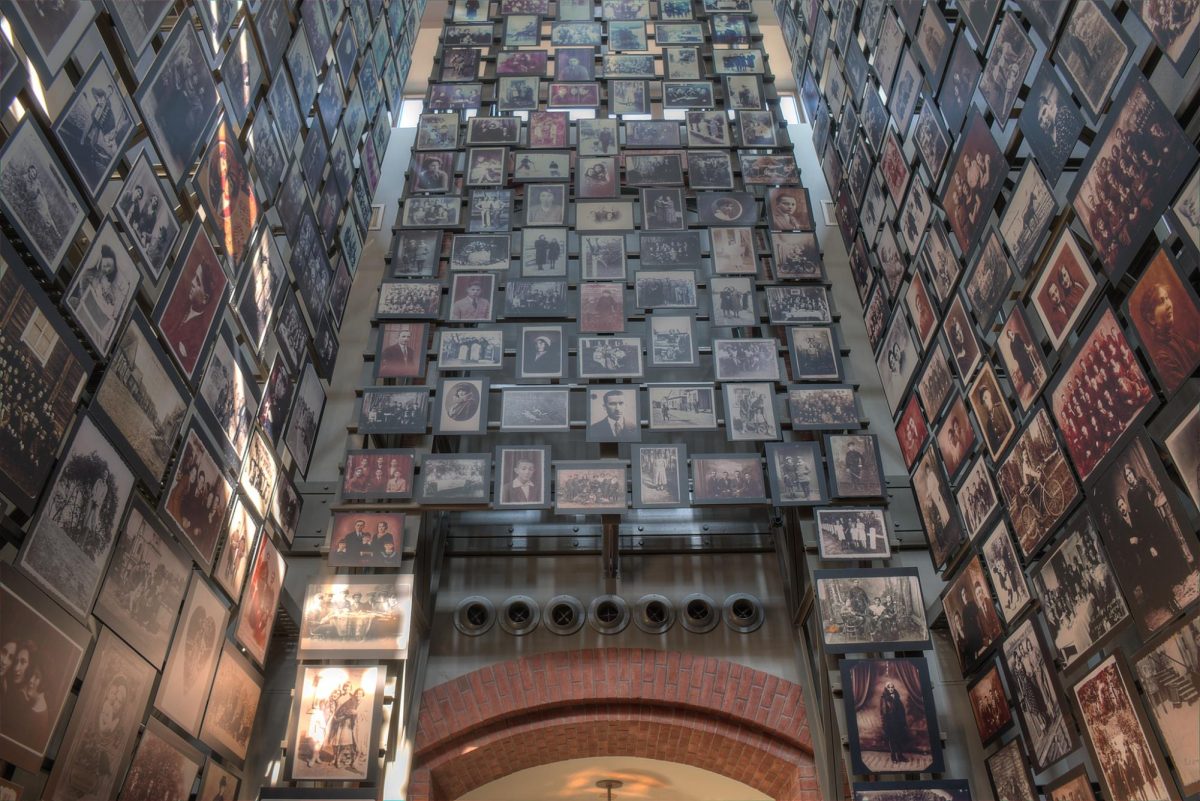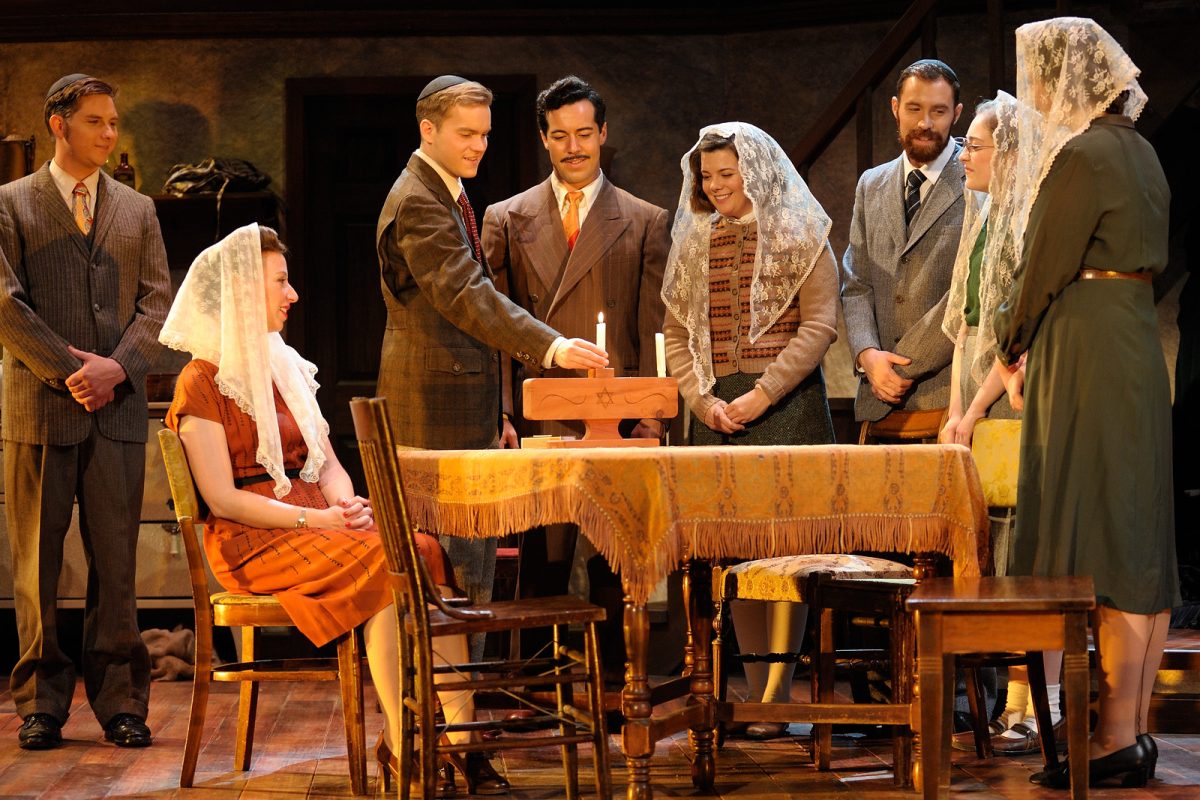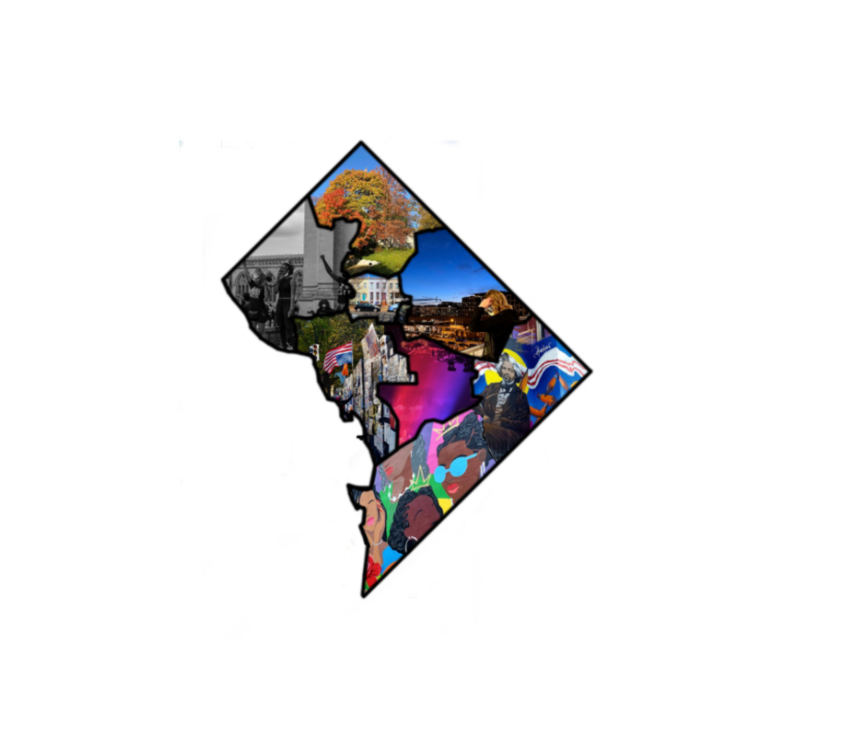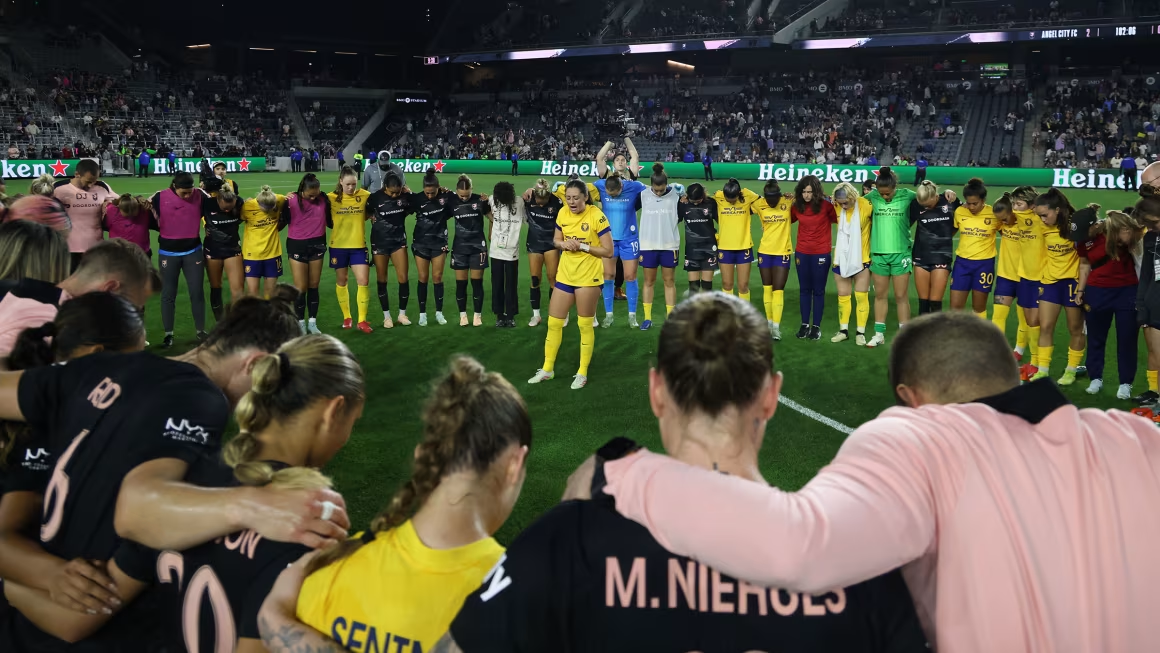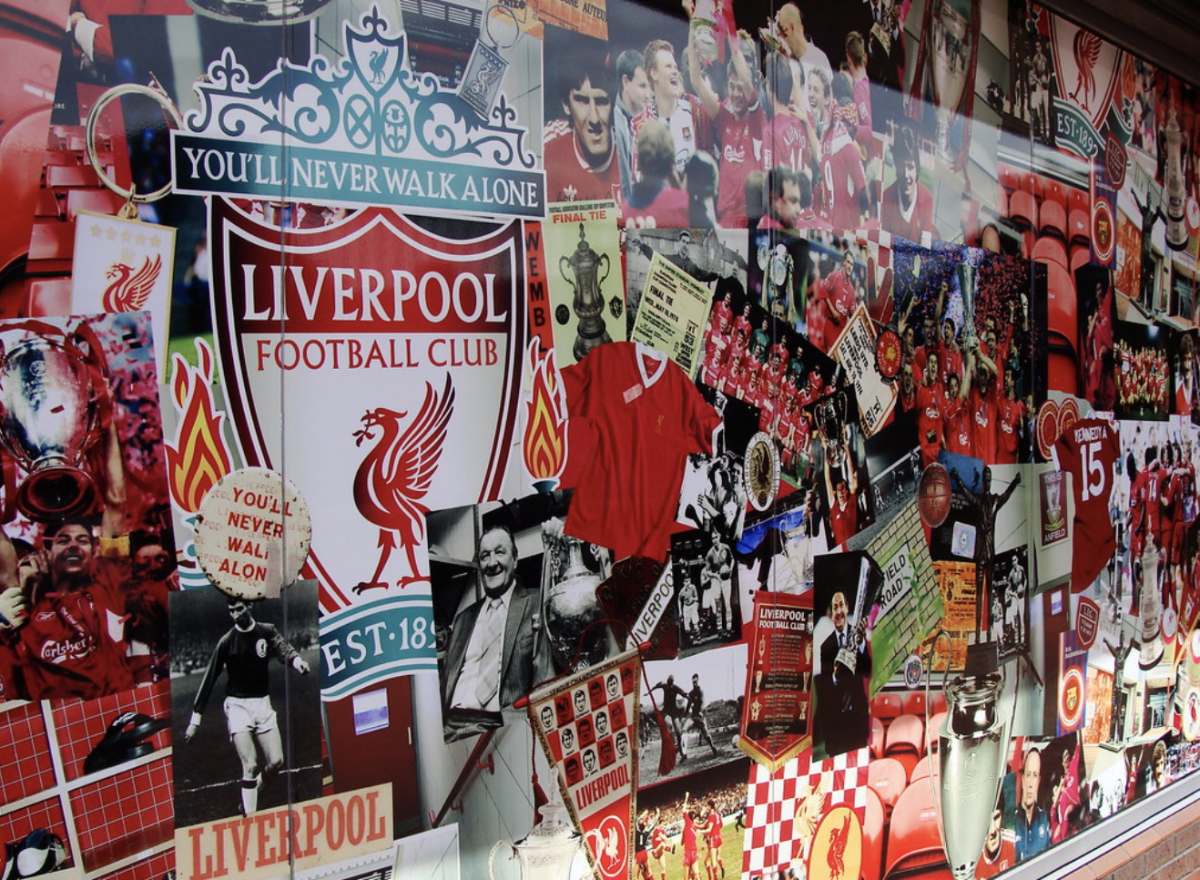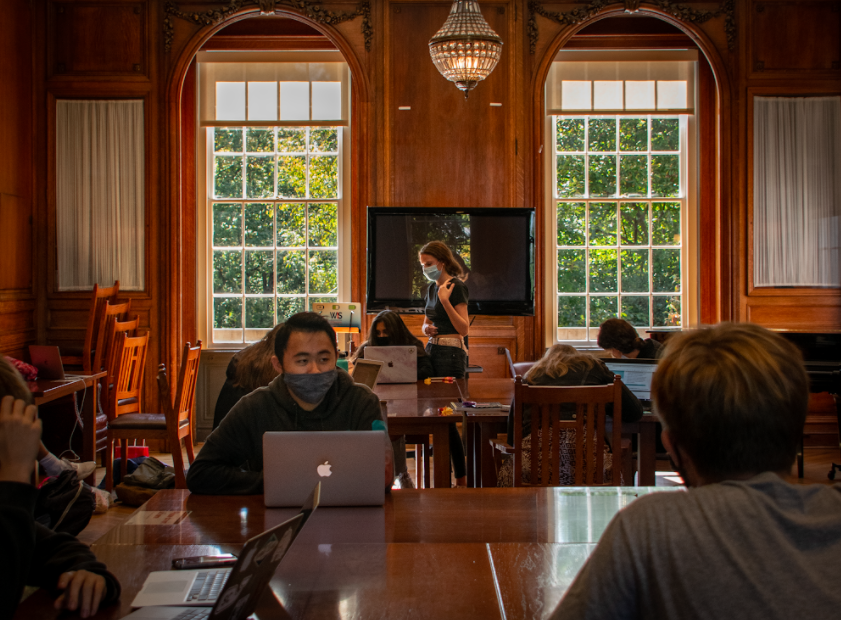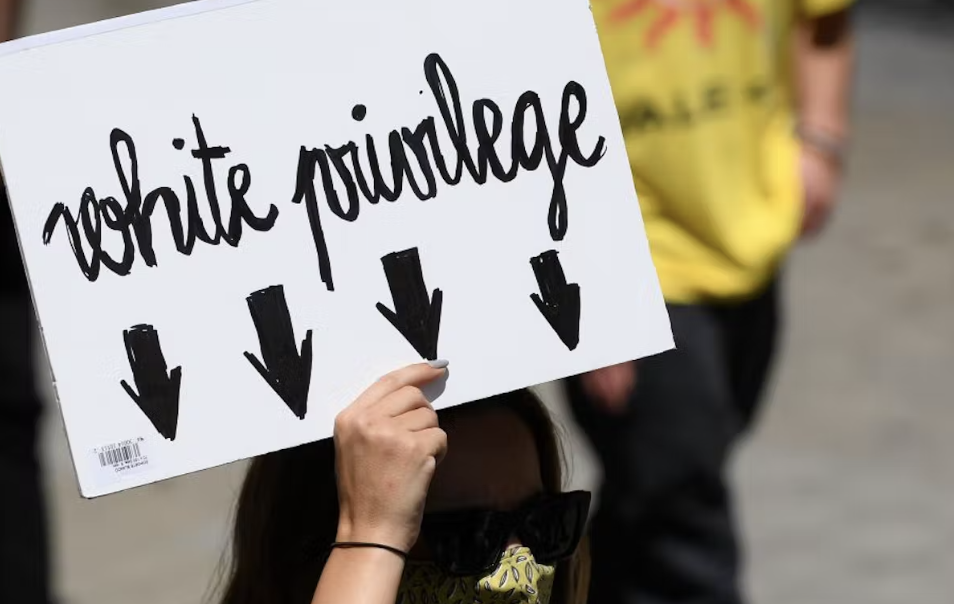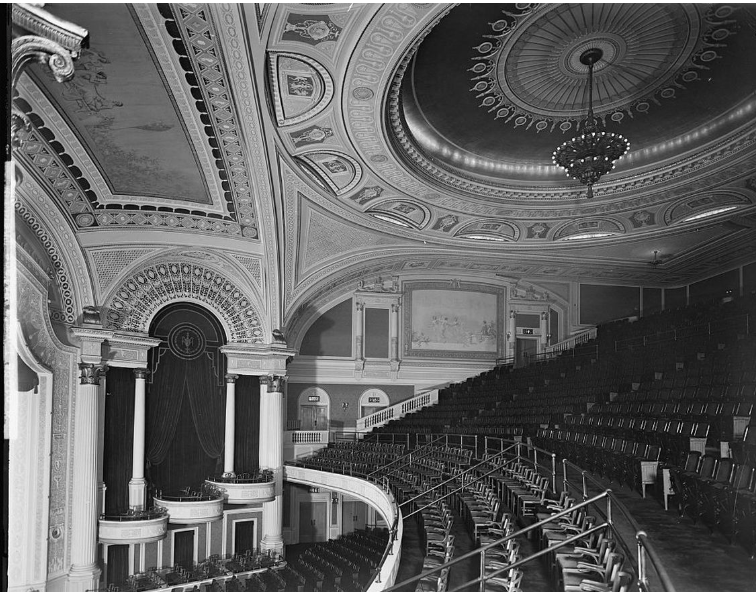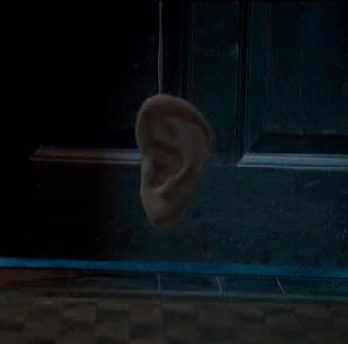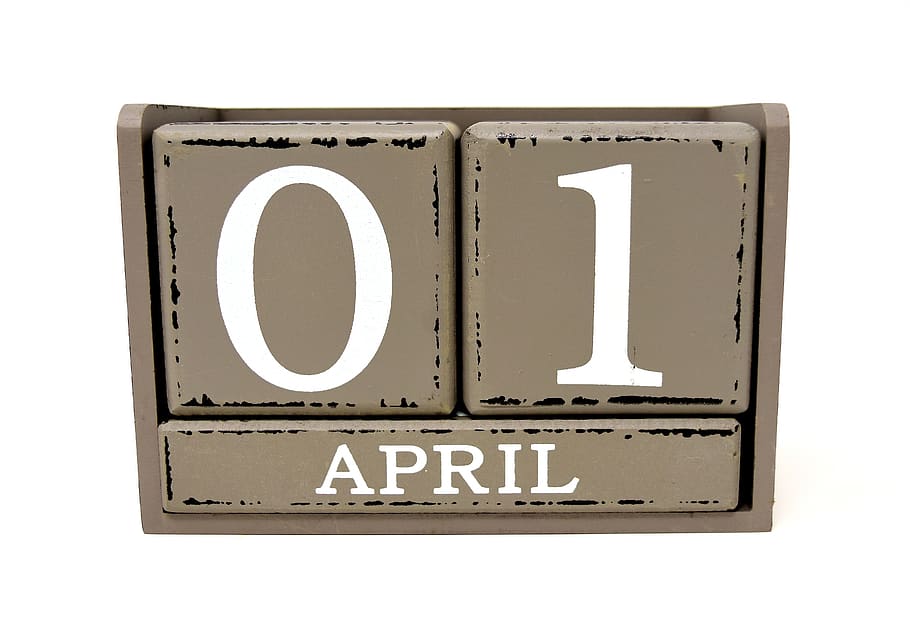Love, heartbreak, heritage, and protest—Bad Bunny’s latest album peels back many layers of his identity and its vulnerability. But what’s he really trying to tell us?
Benito Ocasio, known by his stage name Bad Bunny, released “DeBÍ TiRAR MáS FOToS” on Jan. 5, the eve of Three Kings Day, a Christian celebration. The deliberate tie to this sacred holiday highlights his emphasis on honoring tradition and cultural roots.
So, without a doubt, this album showcases Ocasio paying tribute to his homeland, Puerto Rico, and WIS students seem to agree.
“In this album, he really brought the passion of his home country,” junior Victoria Pineda said. “It was less about relationships and more about his past, where he grew up, and what Puerto Rico means to him.”
While that is shown in many ways, the most notable and obvious detail when first glancing at “DeBÍ TiRAR MáS FOToS” is the album’s cover. It depicts two white plastic chairs, common in Latin family households.
To some people, the chairs are reminders of conversations they’ve had with loved ones, family parties, or the memory of previous Puerto Rican generations that they want to preserve.
Even videos from TikTok show people talking about how the chairs can represent family and cherished memories with them.
This theme of appreciating good times, especially with loved ones, is central throughout the album. The name of the album itself, translating to “I should’ve taken more photos,” signifies the importance of being in the present moment.
In an interview on The Tonight Show with Jimmy Fallon, Ocasio talked about how the title, at its core, is a reminder that we are blessed to be living. He also mentioned that for him, it’s about being more grateful for those who truly care for and love him.
Yet, the album has symbolic and deeper meanings in every part of it. For example, in most of the songs, there are elements of classic Puerto Rican music, such as samples of traditional Puerto Rican salsa.
One clear example is “Pitorro de Coco,” track 13, as it draws from plena, an Afro-Caribbean rhythm tied to Puerto Rican history. Additionally, in “El Clúb”, track 7, Puerto Rico’s iconic string instrument the cuatro can be heard with its unmistakable twang.
This has also led to a very wholesome social media trend, in which people post videos where they show their Latinx parents one of Ocasio’s newly released songs. In recognizing the traditional beats, they sing and dance along together, demonstrating how his music brings people together.
Freshman Mateo Lewis noticed these unique musical elements when discussing his most notable aspect of “DeBÍ TiRAR MáS FOToS”..
“What stuck out to me most was the style of music, which is different from his past albums,” Lewis said. “It’s more Puerto Rican style.”
Yet Ocasio didn’t stop there: on YouTube, he released a short film with the same title as the album. It follows a sweet old man reminiscing good times, and his loyal friend Concho the Puerto Rican crested toad, which is a species native to the island.
It resonated with millions. While only 12 minutes in length, it presented a moving and deeply rooted message about preserving the culture of Puerto Rico.
The film displays similar themes as the 14th track on the album, “Lo qué le pasó a Hawaii,” highlighting issues of gentrification and displacement of local communities.
In addition, the music videos made for every song on the album have a ‘visualizer’ with text explaining the historical parallel with the song or a significant part of the island’s history.
For example, “Turista,” track 11, has text explaining “El Grito de Lares,” a key rebellion against Spanish rule in Puerto Rico that took place in 1868. It is one of Ocasio’s most politically charged songs on the album, along with “La Mudanza” and “Lo qué le pasó a Hawaii.”
In “Lo qué le pasó a Hawaii,” there are several allusions to the challenges faced by Puerto Ricans and the state itself. Ocasio sings about agricultural workers getting pushed out and the influx of new people settling in. He protests about the negative impacts on local communities, in exchange for Puerto Rico’s political status as an unincorporated territory of the United States.
Also from “Lo qué le pasó a Hawaii,” Ocasio sings: “No sueltes la bandera ni olvides el lelolai,” which in English means: “Don’t let go of the flag nor forget the lelolai.”
The Puerto Rican flag is a symbol of independence for many, and the “lelolai” is a traditional Christmas song in Puerto Rico, mentioned as a reminder to never forget the country’s roots.
“La Mudanza,” the last track of the album, finishes with a strong sense of pride and protest for Puerto Rico. Ocasio mentions the lighter blue color of the original island’s state’s flag, preferred by those who are pro-independence from the U.S. The flag has a specific historic meaning as the Government of Puerto Rico later changed it to match the navy blue of the U.S. flag.
Ocasio also talks about the legacy of Eugenio Hostos, who was an advocate for Puerto Rico’s freedom. Hostos asked, before he died, for his body to be returned to Puerto Rico once it was independent, as he died in the Dominican Republic in 1903. It was a unique protest for the island’s freedom.
Although these songs hold a special place in many people’s hearts, they have also made significant commercial success. The album has three tracks that have driven it up the charts: “Nuevayol,” “DtMF” and “Baile Inolvidable.”
By far the most popular songs on the album, each one aided Ocasio in breaking multiple Latin artist records, including him being the first Latin artist in history to replace himself at the No.1 on U.S. Apple Music when “DtMF” dethroned his other hit song “Baile Inolvidable.”
When asked about his favorite songs, Lewis couldn’t agree more.
“I really like his voice in “Nuevayol” and “Baile Inolvidable,” but my favorite part is the beats in the songs, for sure,” Lewis said.
Overall, Benito Ocasio has created art that anyone around the world can empathize with and connect to. It’s inspirational, and a real demonstration of culture. From all the historical parallels, political protests, and evident connection to his roots, “DeBÍ TiRAR MáS FOToS” is a one-of-a-kind celebration of heritage and a true masterpiece.
By Kiera Kumar

